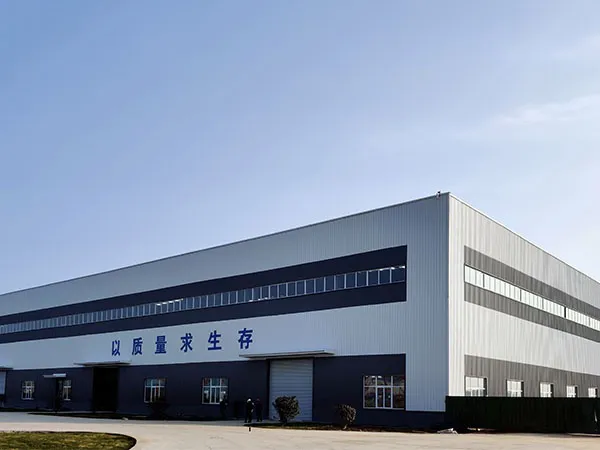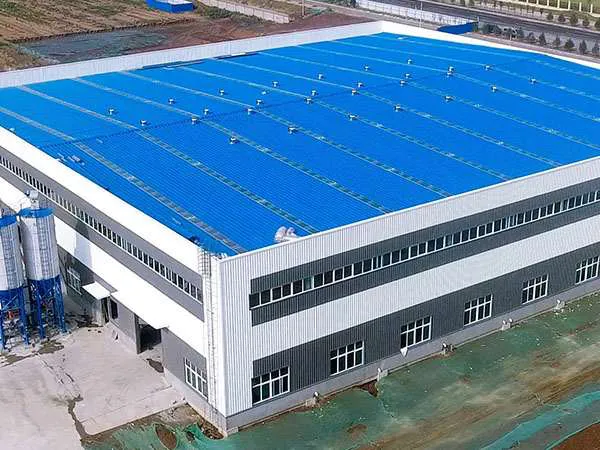Time:2025-11-24 06:13:59 Source:Sanjian Meichen Steel Structure
Steel structures are widely recognized for their high strength, durability, and versatility, making them the material of choice for industrial plants, commercial buildings, bridges, and infrastructure projects. However, constructing a steel structure is far from simple. Even minor errors during design, construction, or maintenance can lead to safety risks, project delays, and substantial financial losses. Understanding the most common mistakes and learning how to prevent them is essential for contractors, engineers, and project managers alike.

The design stage forms the backbone of any steel structure project. Poor design decisions can create problems that are costly or impossible to correct later. Common design mistakes include:
Inaccurate Load Calculations: Misjudging live loads, dead loads, or environmental loads (wind, snow, seismic activity) can lead to structural failure.
Improper Steel Grade Selection: Using low-quality or inappropriate steel types can compromise corrosion resistance and load-bearing capacity.
Ignoring Environmental and Site Conditions: Factors such as humidity, proximity to seawater, or industrial pollutants can accelerate corrosion if not addressed in the design.
Overlooking Future Expansion Needs: Buildings may require future modifications, which are easier to accommodate if planned during design.
How to Avoid Design Mistakes:
Conduct comprehensive structural analysis using advanced software and qualified engineers.
Select steel grades according to project requirements and environmental conditions. For example, stainless steel or weathering steel may be needed in coastal or high-humidity areas.
Incorporate safety factors and anticipate potential future modifications.
Include detailed design documentation, including load paths, beam connections, and joint specifications.
Case Example:
A commercial warehouse was originally designed with standard carbon steel. After two years, corrosion in high-humidity areas caused partial beam weakening. Using stainless steel for exterior frames during the design phase would have prevented this issue.
Even the best designs can fail if construction practices are substandard. Common construction errors include:
Misalignment of Structural Components: Incorrect placement of beams and columns affects load distribution and overall stability.
Improper Welding and Bolting: Weak welds, under-tightened bolts, or inconsistent welding techniques reduce structural integrity.
Lack of Quality Control: Skipping inspections or ignoring defects during assembly can result in long-term structural problems.
Rushed Timelines and Unskilled Labor: Contractors under tight schedules may compromise on precision, leading to errors.
How to Ensure Proper Construction:
Perform pre-construction surveys and verify site measurements against the design.
Hire experienced construction teams with specialized training in steel erection.
Follow strict quality control procedures, including non-destructive testing of welds and periodic inspection of bolted connections.
Maintain detailed assembly logs, photographs, and documentation for accountability.
Pro Tip:
Use laser-guided alignment tools for beams and columns to ensure millimeter-level accuracy, especially in large industrial steel projects.

Steel structures require ongoing maintenance to remain safe and durable. Neglecting maintenance can cause corrosion, fatigue, or structural deformation over time.
Common maintenance mistakes include:
Skipping routine inspections
Ignoring corrosion signs or loose bolts
Failing to update protective coatings
Allowing water accumulation near foundations or joints
Maintenance Best Practices:
Implement a scheduled maintenance program with regular inspections for rust, cracks, or deformation.
Apply protective coatings, galvanization, or weather-resistant paints to steel surfaces.
Ensure proper drainage systems to prevent water accumulation near structural joints.
Train maintenance personnel to detect early warning signs and take corrective actions immediately.
Case Example:
An industrial plant failed to inspect its steel roof trusses for rust for several years. Minor corrosion escalated, requiring a costly partial replacement. Scheduled inspections could have detected the problem early and saved thousands in repairs.
Large steel structure projects often involve multiple teams: designers, engineers, contractors, and maintenance personnel. Poor coordination can lead to:
Conflicting design changes
Miscommunication on material specifications
Delays due to uncoordinated schedules
How to Improve Coordination:
Hold regular project meetings involving all stakeholders.
Use construction management software for real-time updates and documentation.
Assign a project coordinator responsible for bridging design, construction, and maintenance teams.

Steel construction sites are high-risk environments. Common safety mistakes include:
Insufficient worker training on steel handling
Lack of proper personal protective equipment (PPE)
Ignoring site-specific safety hazards like overhead loads or hot welding operations
How to Ensure Safety:
Conduct safety training for all personnel, emphasizing steel erection hazards.
Use PPE and fall protection systems consistently.
Enforce safety inspections at each stage of construction.
Avoiding mistakes in steel structure construction requires careful attention at every stage—from design and material selection to construction practices, maintenance, and safety measures. By prioritizing accuracy, quality, and proactive upkeep, companies can deliver steel structures that are safe, durable, and cost-effective for decades.